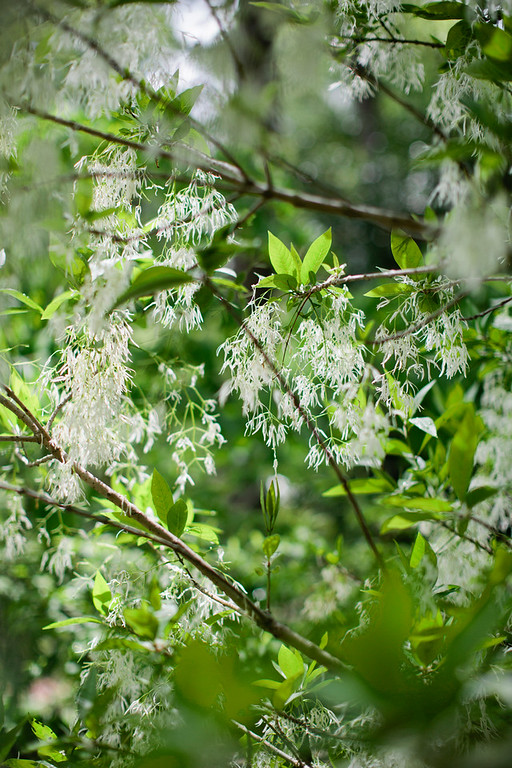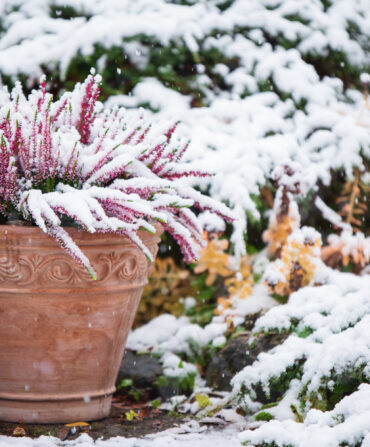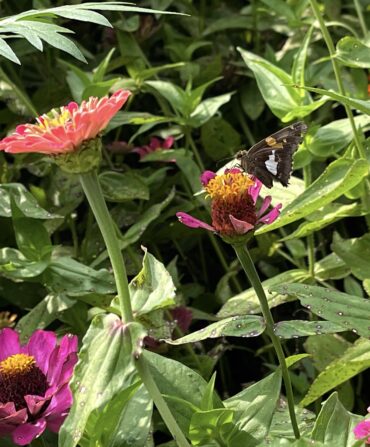The days may be getting shorter and the leaves crunchier, but Southerners—barring some variations in latitude—can look forward to several more weeks of gardening. “As long as you can dig, you can plant,” says Molly Hendry, a horticulturist at Birmingham Botanical Gardens, who recommends getting perennials in the ground a few weeks before the first hard freeze. Already deposited your azaleas, hydrangeas, and spring bulbs? Consider these less-beloved but highly lovable native plants, selected by the pros to help you stand out from your neighbors and woo beneficial wildlife. Bonus: Planting perennials in the fall gives them time to establish themselves before their first long, hot summer.
Narrowleaf sunflower (Helianthus angustifolius)
Mary Phillips, the head of the Garden for Wildlife program at the National Wildlife Federation, loves this fall-blooming perennial for its cheery good looks and pollinator-friendliness. “Butterflies and bees will be drawn to its flowers, and songbirds will feast on its tasty seeds,” she says. Also known as swamp sunflower, it can grow up to eight feet tall, so plant it in full to partial sun at the back of the garden or along a fence.
Blue mistflower (Conoclinium coelestinum)
Another favorite of Phillips, bees, and butterflies, this nectar-rich wildflower can function as a tall groundcover (reaching up to two feet high) or garden gap filler. In full sun to part shade, count on it to be hardy, fast-spreading, and bursting with fuzzy blooms come late summer and fall.
White Cloud muhly grass (Muhlenbergia capillaris ‘White Cloud’)
Sister to the better-known pink variety, this ornamental grass comes recommended by Birmingham Botanical Gardens horticulturists Molly Hendry and Keith Turney. Come fall, its wiry green leaves give way to gauzy ivory plumes worthy of its name. Drought-tolerant and easygoing, it needs a little haircut at winter’s end to make way for spring growth.
Fringe tree (Chionanthus virginicus)
Hendry and Turney recommend this small tree—which often boasts multiple trunks and erupts in fragrant, ethereal white blossoms in spring—as a focal point in a garden. If you start it from seed in fall, be patient; its double dormancy means it might not germinate until the second spring. Consider it an inspired alternative to well-known spring bloomers like dogwoods and cherry trees.

Rattlesnake master (Eryngium yuccifolium)
With its striking golf-ball-shaped flowers, this summer bloomer is the choice of Eric Mack, owner of the Kai Garden, an Atlanta popup nursery known for its rare offerings. Once regarded as a remedy for rattlesnake bites, the plant is better employed as manna for pollinators—and a unique addition to cut-flower arrangements. “They tend to open up and sprawl if grown in overly fertile soils or in anything less than full sun,” Mack notes.
Actaea Chocoholic (Actaea simplex ‘Chocoholic’)
“Look no further for a dramatic addition to your shade garden,” Mack says of this cultivar of the woodland-loving actaea, also known as bugbane. Its burgundy leaves pair nicely with bright hostas, but come summer it makes a statement all its own by shooting up foxtail spikes of pale pink flowers, which will likely be orbited by butterflies.
And a plug for one well-known plant:
Milkweed is famous as the only known host plant for endangered monarch butterflies, whose numbers are in precipitous decline along with the available milkweed habitat. Late fall is the best time to sow milkweed seeds, which need a period of cold stratification to germinate. Be sure to pick the right native variety for your area.









